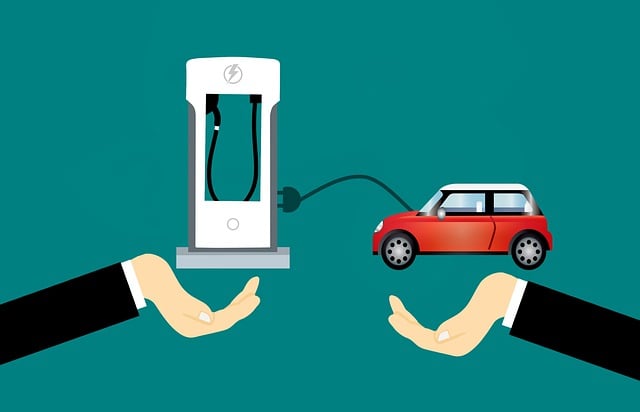
When switching from a vehicle with an internal combustion engine (ICE) to an electric vehicle (EV), you might be surprised to discover that the latter doesn’t have an alternator. Alternators are an essential component of nearly all ICE-powered vehicles. Whether it’s a car, truck, van or sports utility vehicle, it will likely feature an alternator.
EVs, on the other hand, don’t have an alternator. They still have a motor and one or more batteries, but you won’t find an alternator under the hood of an EV.
What Is an Alternator?
To better understand why EVs don’t have an alternator, you should familiarize yourself with their operation. Alternators are essentially electromagnets that convert mechanical energy into electricity.
When driving an ICE-powered vehicle, the engine will turn a belt — and this belt will turn a rotor shaft on the alternator. As an electromagnet, this turning action will create electricity. The alternator will then send this electricity to the vehicle’s battery. As long as the alternator remains operational, the vehicle’s battery won’t die. Rather, the alternator will constantly recharge the battery while the engine is running.
Alternators Require Energy
EVs don’t have an alternator because they run on electricity rather than gas. As previously mentioned, alternators are designed to convert mechanical energy into electricity. ICE-powered vehicles run on gas, which they burn to create mechanical energy. EVs, on the other hand, run on one or more batteries.
Installing an alternator in an EV would be pointless. In theory, an alternator could convert the mechanical energy of an electric motor into electricity, but doing so would result in the consumption of electricity. The alternator would consume electricity to produce electricity. These processes would essentially cancel each other out, meaning the alternator wouldn’t be able to recharge the EV’s battery or batteries.
Experts are working on other technologies to recharge EV batteries. Induction charging and solar charging are two technologies that hold promise. Currently, however, EVs require manual charging. You’ll have to plug your EV into an electrical outlet to recharge the battery or batteries; EVs don’t use an alternator
In Conclusion
You won’t find an alternator under the hood, or elsewhere, of an EV. Alternators are exclusive to ICE-powered vehicles. They are designed to convert mechanical energy into electricity, which is then used to recharge the battery. EVs are already powered by electric motors, so there’s no point in equipping them with an alternator.

